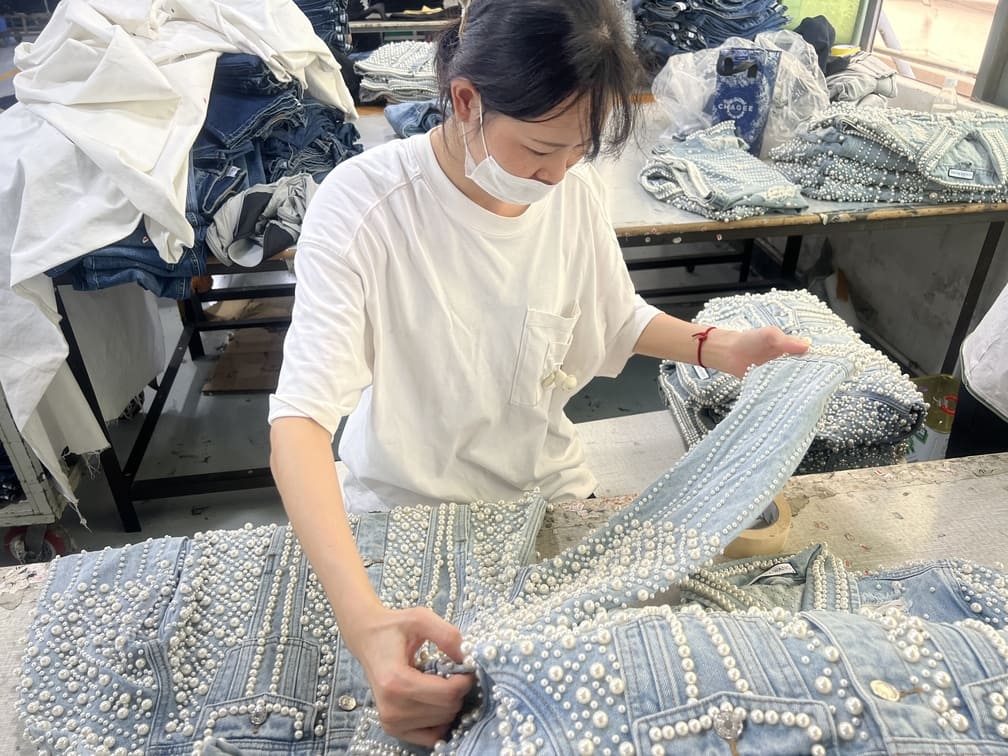China has long been the world’s factory, dominating global garment manufacturing for decades. However, rising labor costs, trade tensions, and increasing automation are reshaping the industry. This article analyzes the current state and future trajectory of China’s apparel manufacturing sector, exploring key trends such as technological advancements, sustainability, and shifting supply chains.
1. Current Challenges Facing China’s Garment Industry
Rising Labor Costs
China’s demographic shifts and urbanization have led to higher wages, reducing its cost advantage compared to Southeast Asian countries like Vietnam and Bangladesh.
Trade Wars and Tariffs
The U.S.-China trade war and geopolitical tensions have forced many brands to diversify production outside China to avoid tariffs.
Sustainability Pressures
Global brands and consumers demand eco-friendly production, pushing manufacturers to adopt greener practices—a challenge for an industry historically reliant on fast fashion and high-volume output.
2. How China is Adapting
Automation and Smart Manufacturing
To counter labor shortages, Chinese factories are investing in AI, robotics, and IoT-enabled production lines. Automated sewing machines and 3D garment printing are becoming more common.
Upgrading to High-Value Production
Instead of competing on cheap labor, China is shifting toward high-end apparel, technical textiles, and smart clothing (e.g., temperature-regulating fabrics).
Nearshoring and Regional Supply Chains
Some manufacturers are relocating to inland provinces (e.g., Sichuan, Henan) where labor is cheaper, while others establish factories in Southeast Asia but keep R&D and high-tech production in China.
Sustainability Initiatives
Chinese manufacturers are adopting:
– Recycled and biodegradable fabrics
– Waterless dyeing technologies
– Solar-powered factories
3. The Future Outlook
China Will Remain a Key Player, But Not the Only One
While some production will move to Vietnam, India, and Africa, China’s mature supply chain, skilled workforce, and innovation capabilities ensure it remains a dominant force—especially in high-tech and luxury segments.
Digitalization Will Accelerate
AI-driven design: Algorithms predicting fashion trends.
Blockchain for transparency: Tracking ethical sourcing and reducing counterfeits.
On-demand manufacturing: Reducing waste through made-to-order production.
Domestic Market Growth
With rising middle-class consumption, Chinese brands like Shein, Urban Revivo, and Anta are gaining global influence, reducing reliance on Western brands.
Conclusion
China’s garment manufacturing industry is at a crossroads. While it faces challenges from cheaper labor markets and sustainability demands, its push toward automation, innovation, and high-value production ensures its continued relevance. The future will likely see a more tech-driven, eco-conscious, and diversified industry—one that remains central to global fashion but operates very differently than in the past.
What do you think? Will China maintain its dominance, or will other countries take over? Share your thoughts in the comments!


